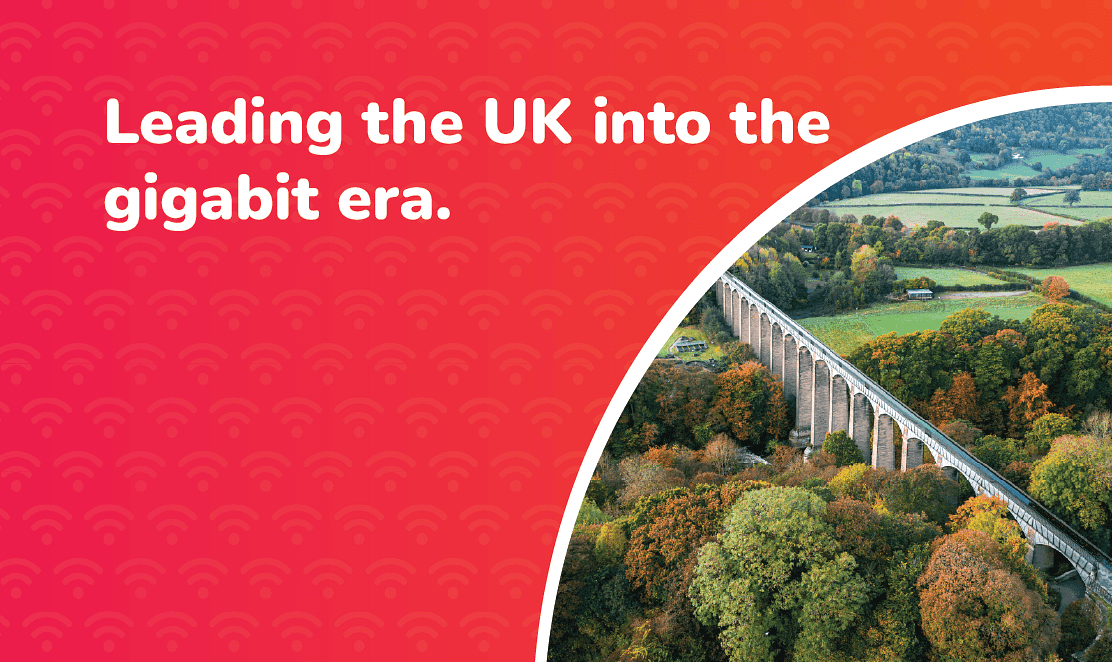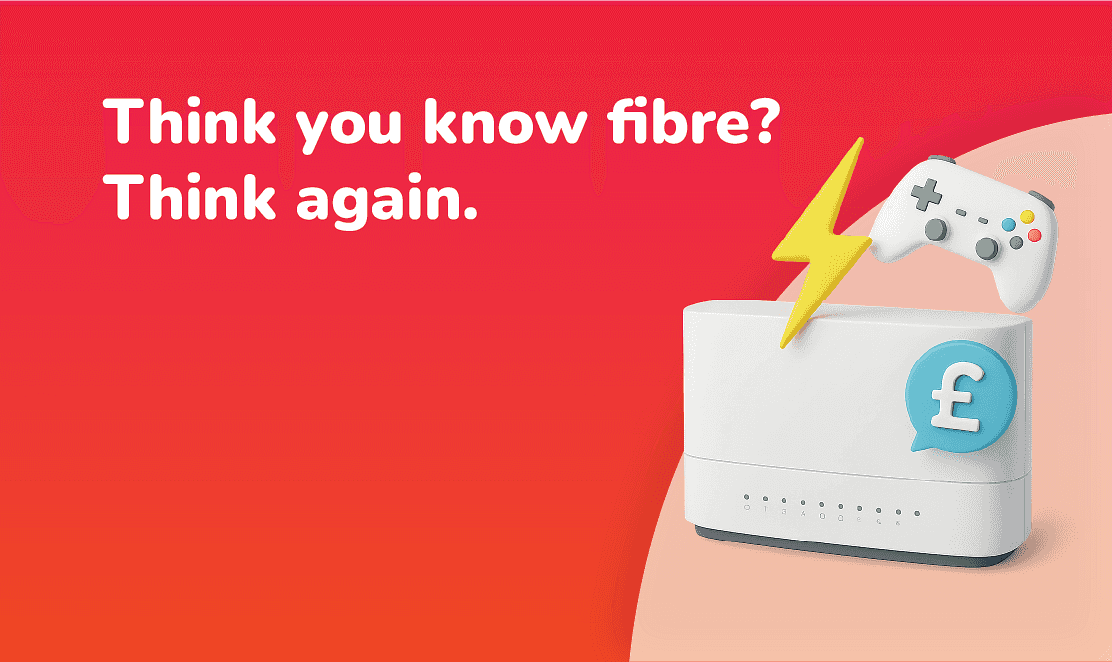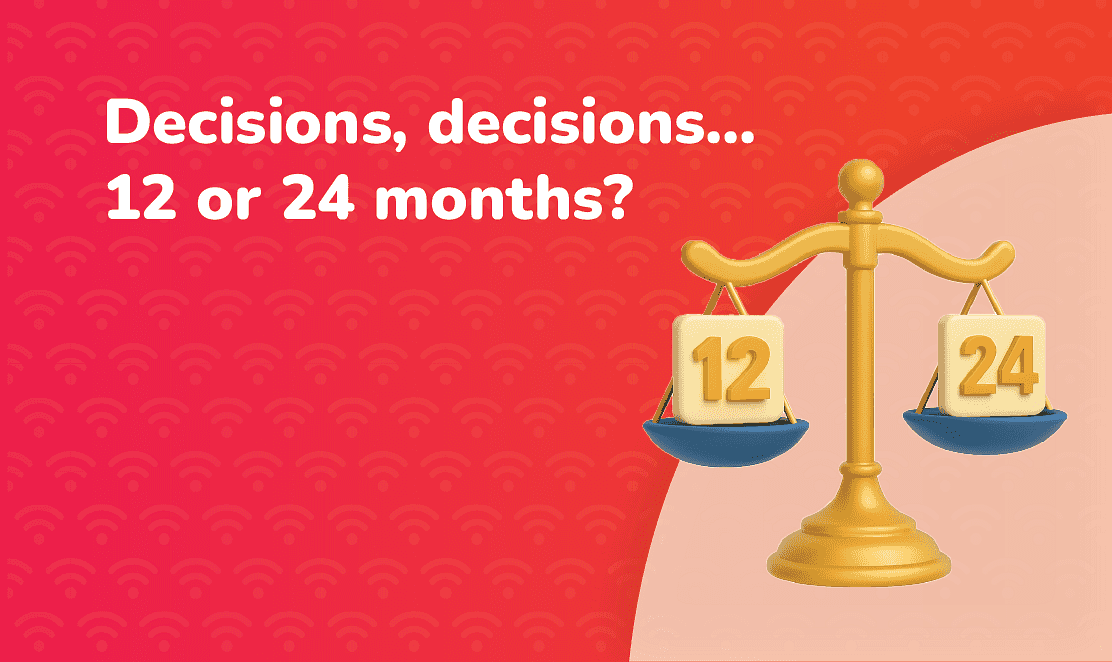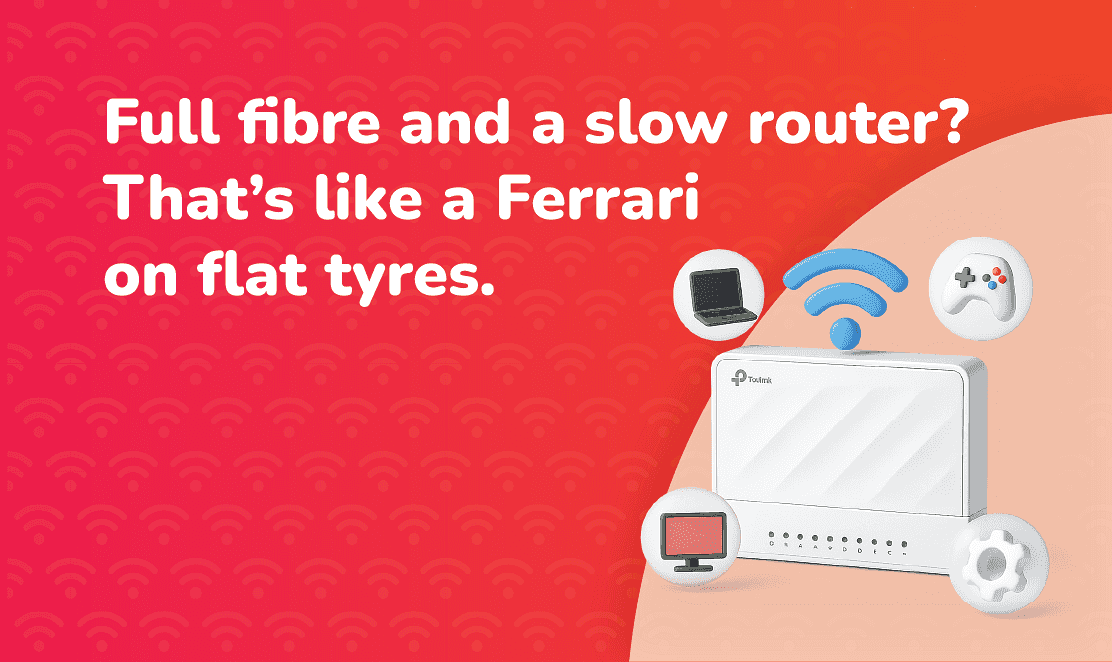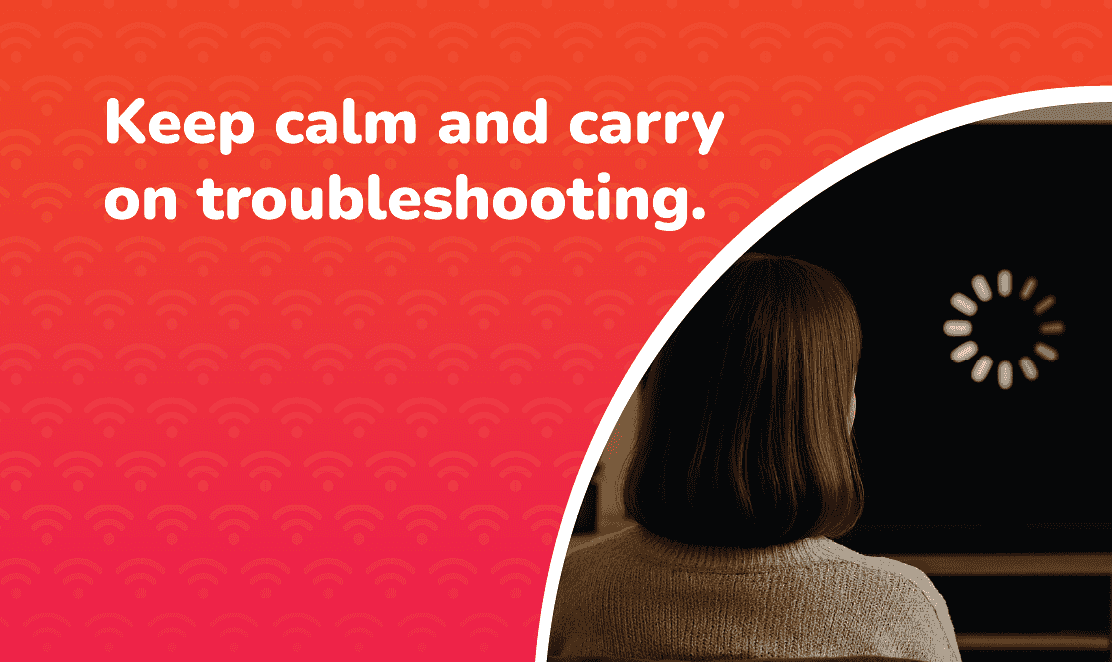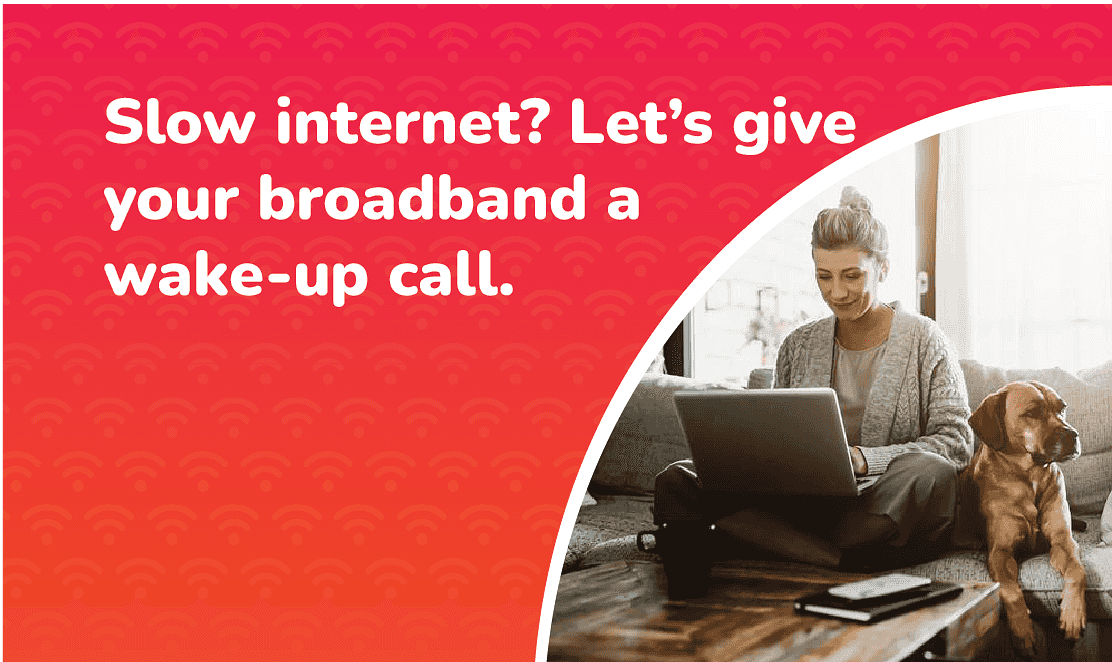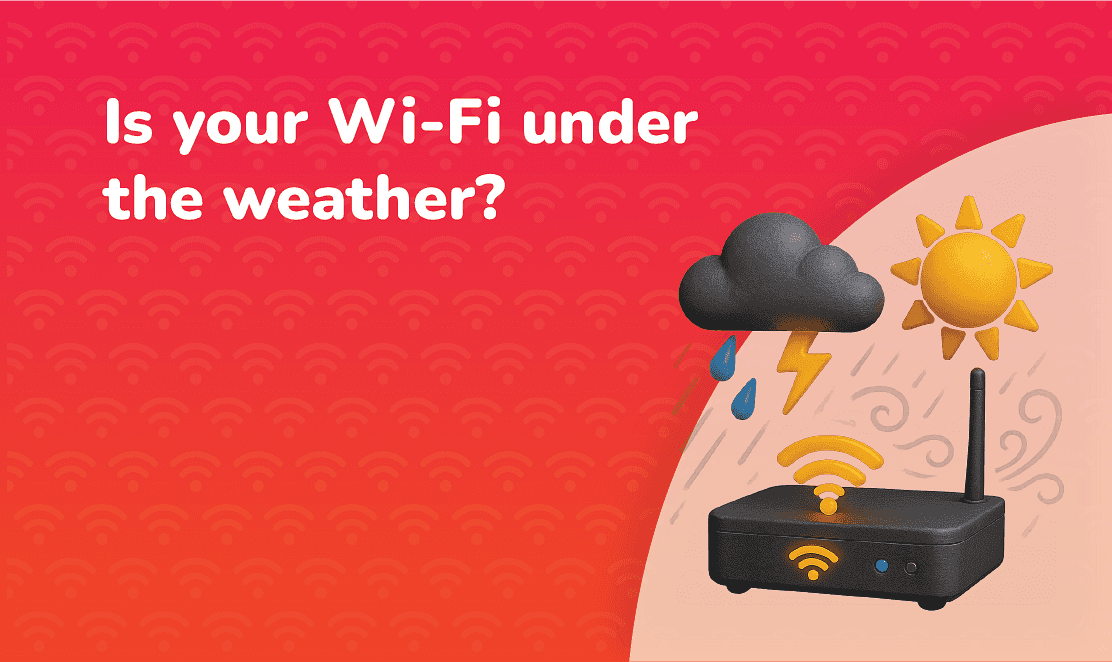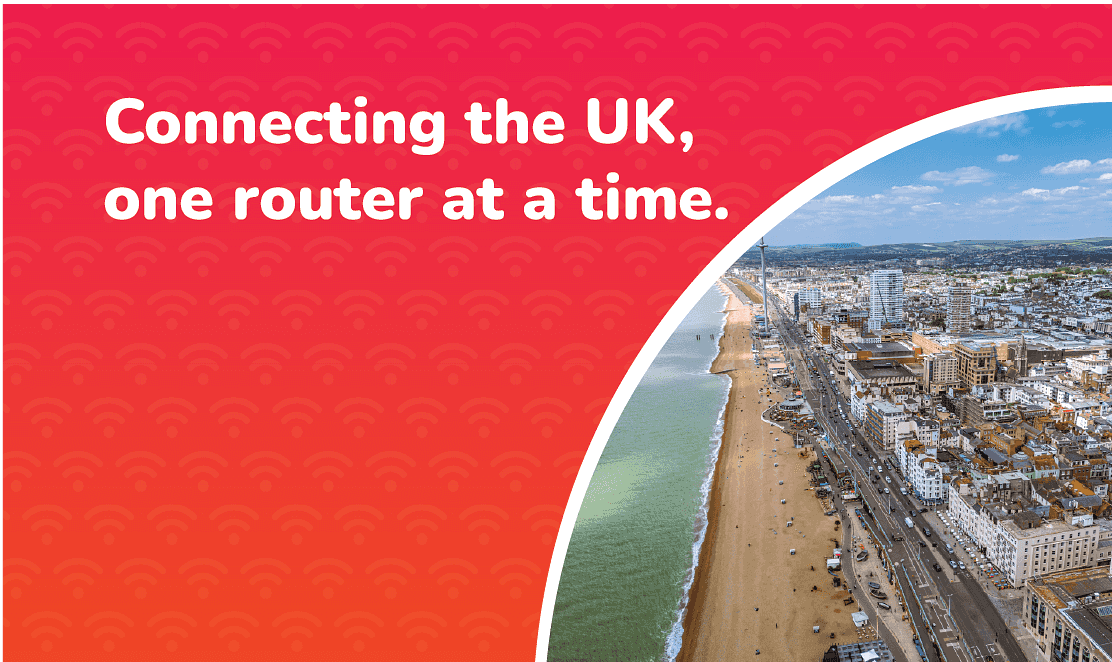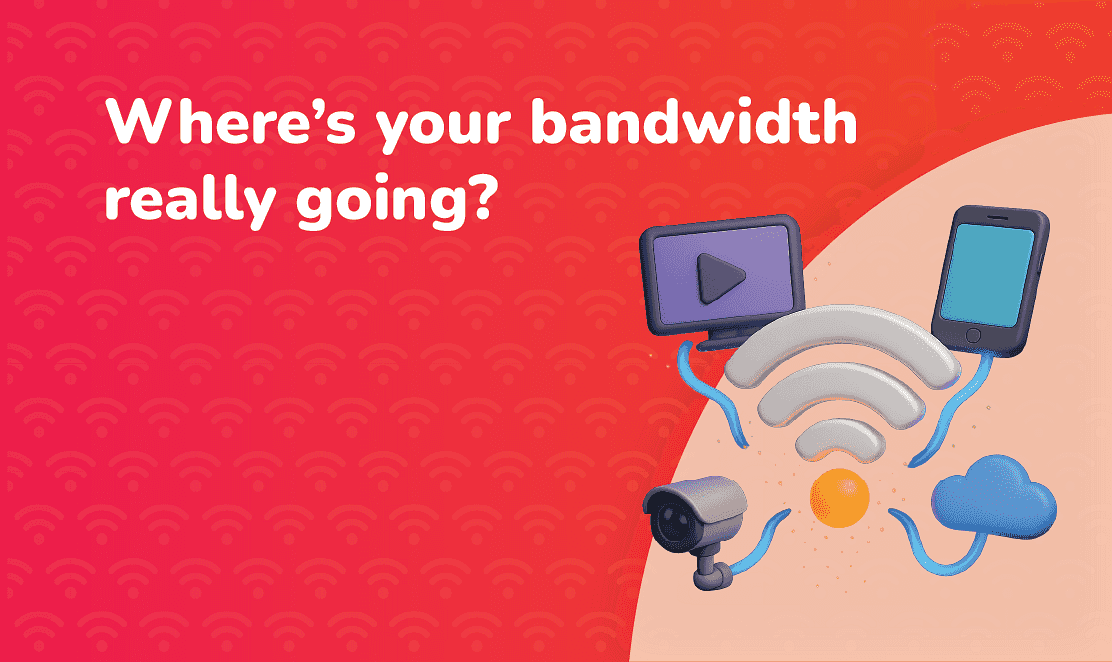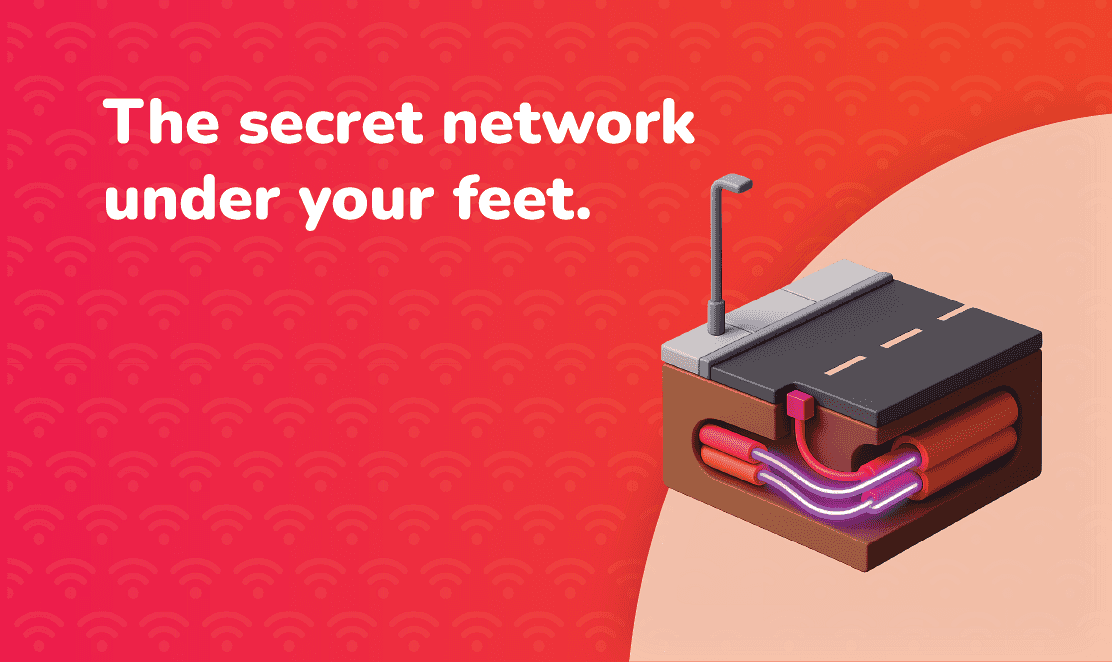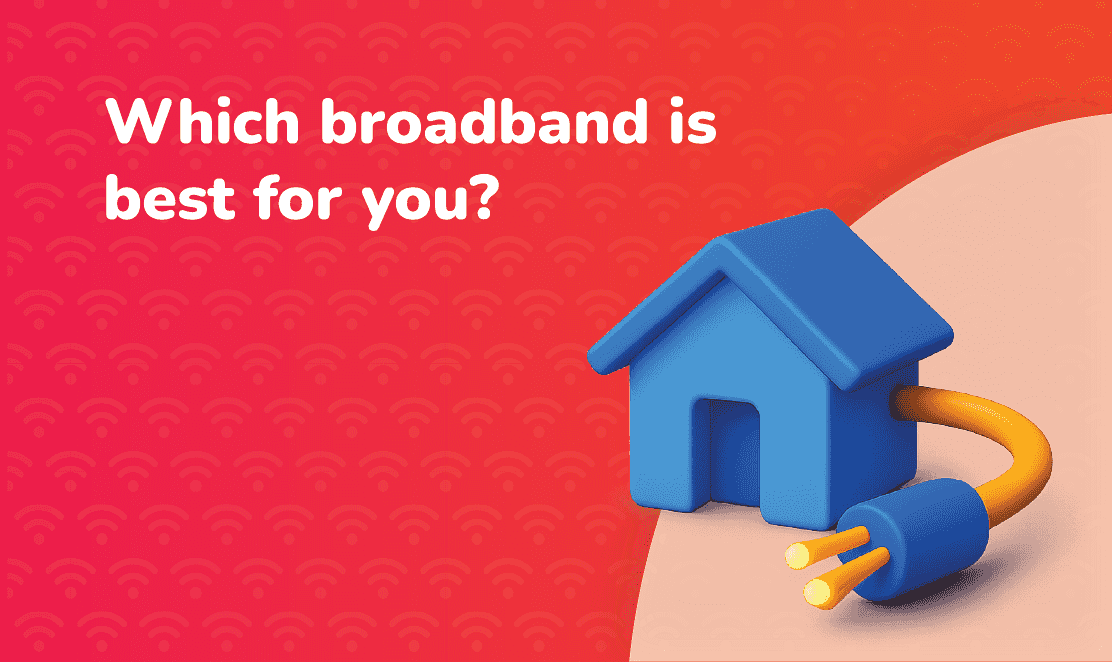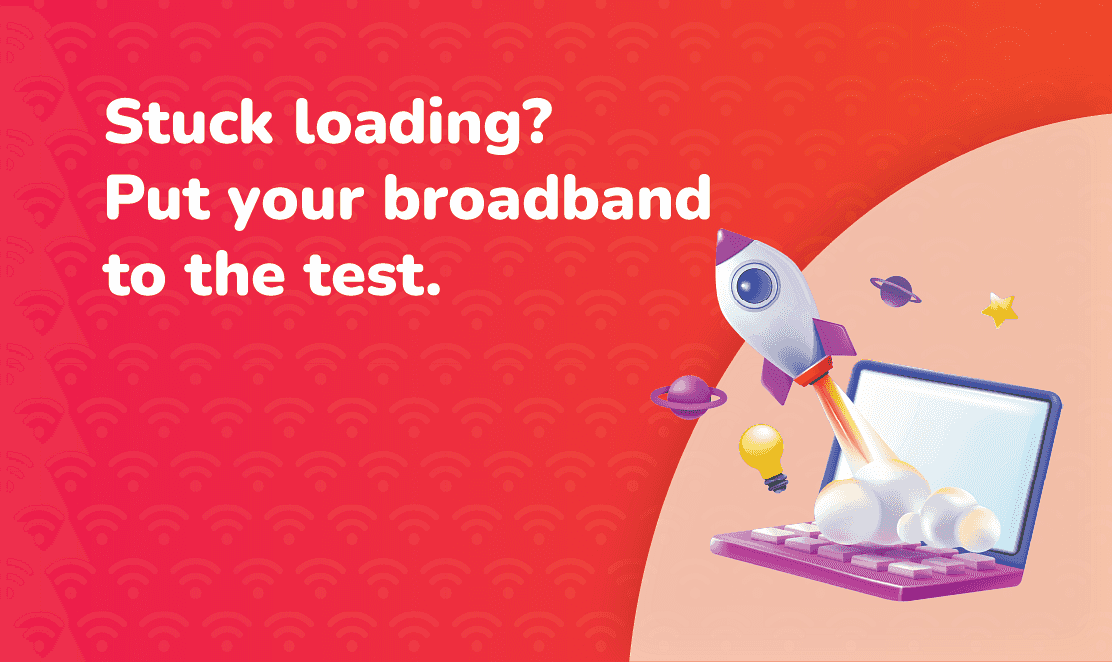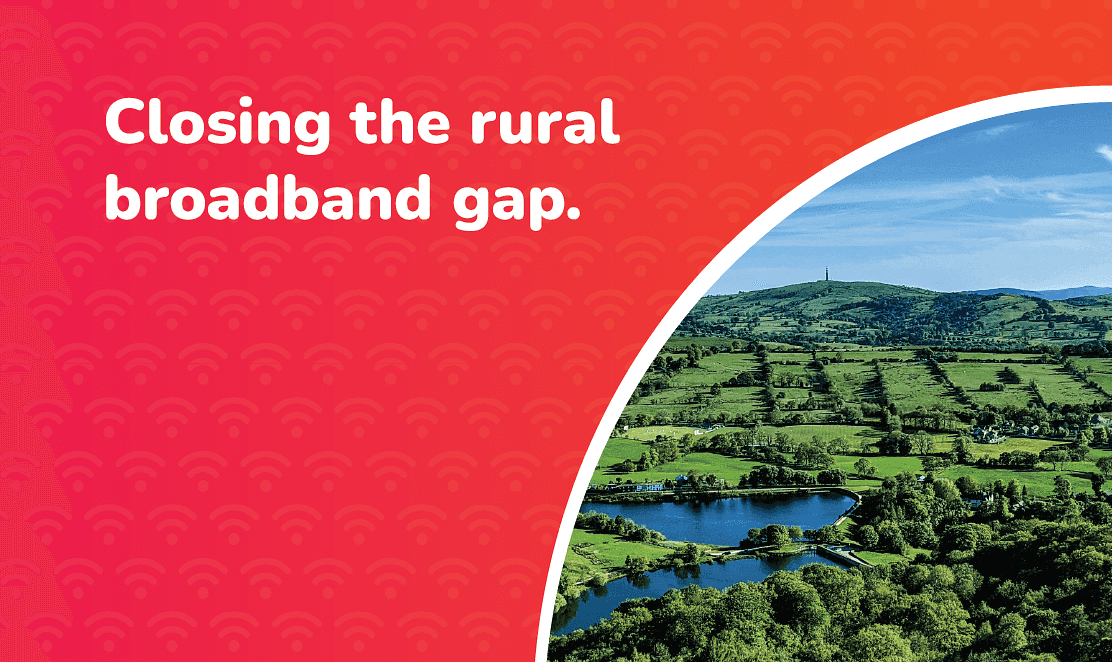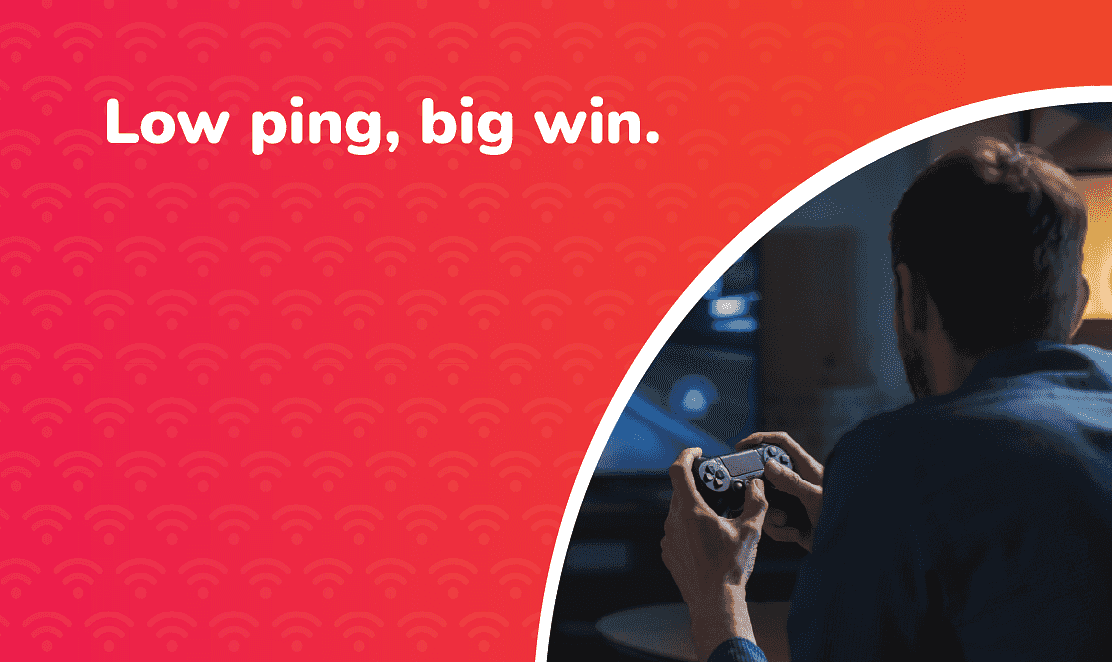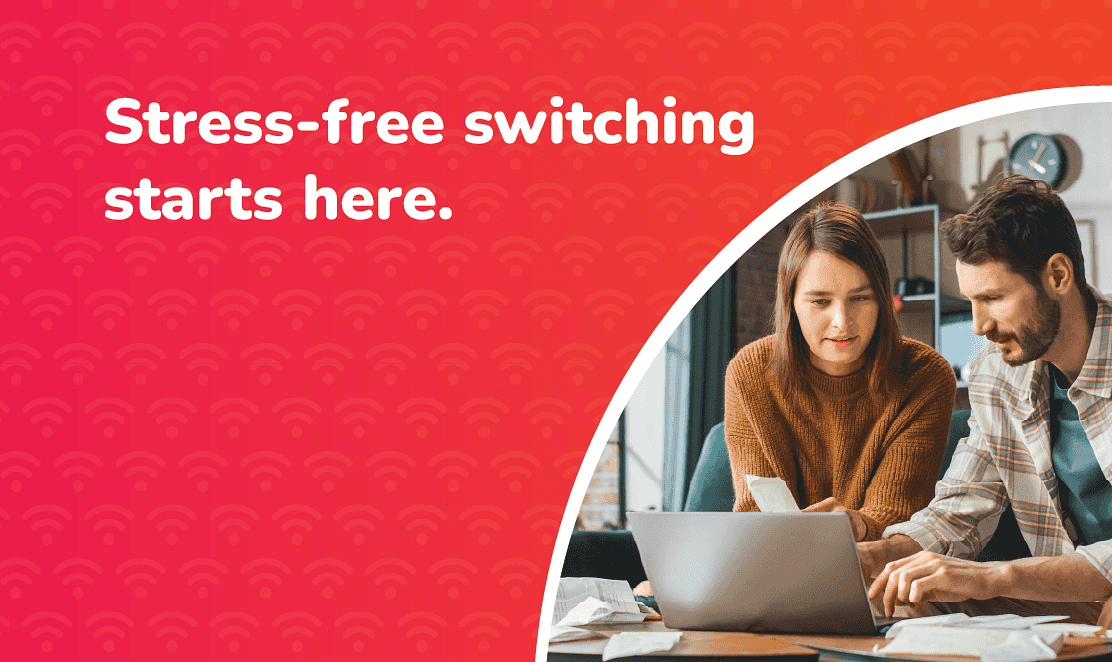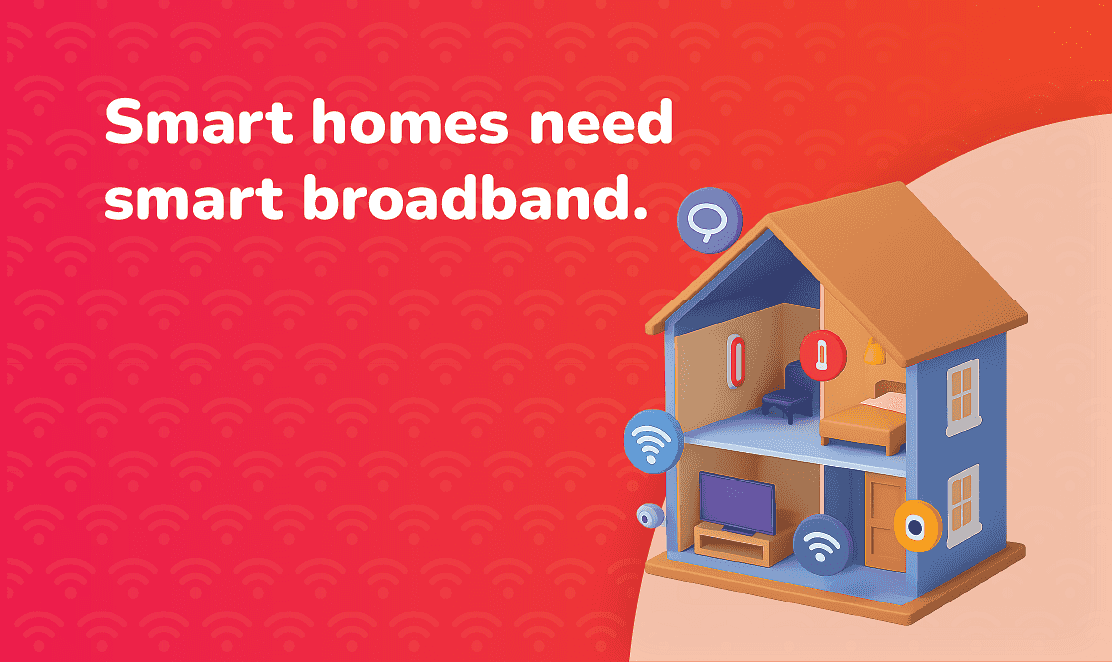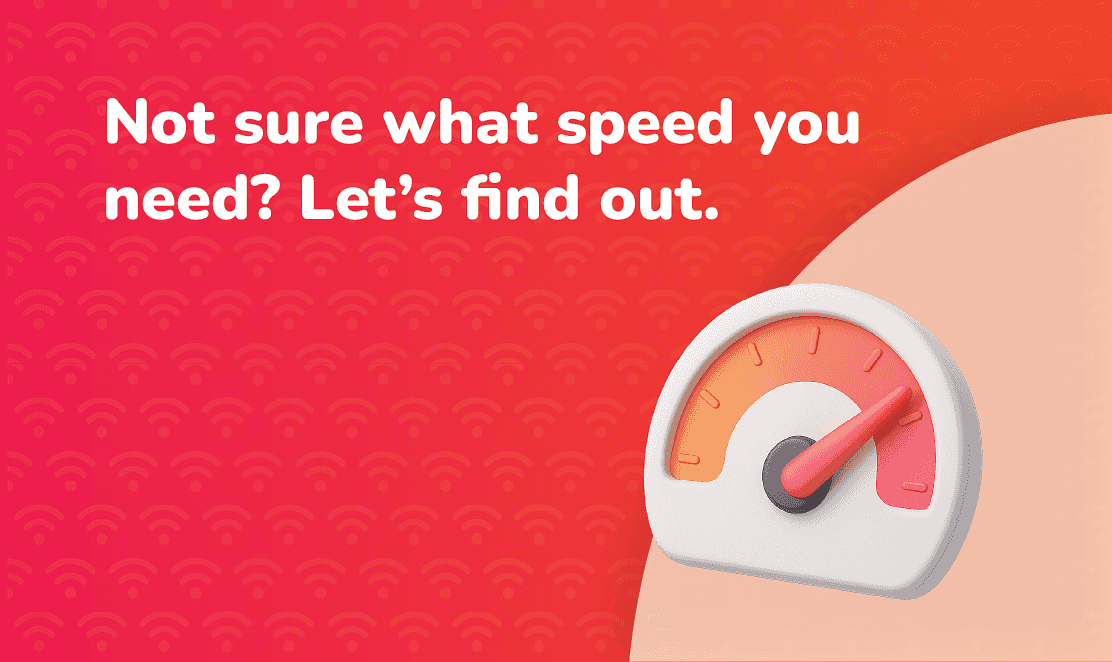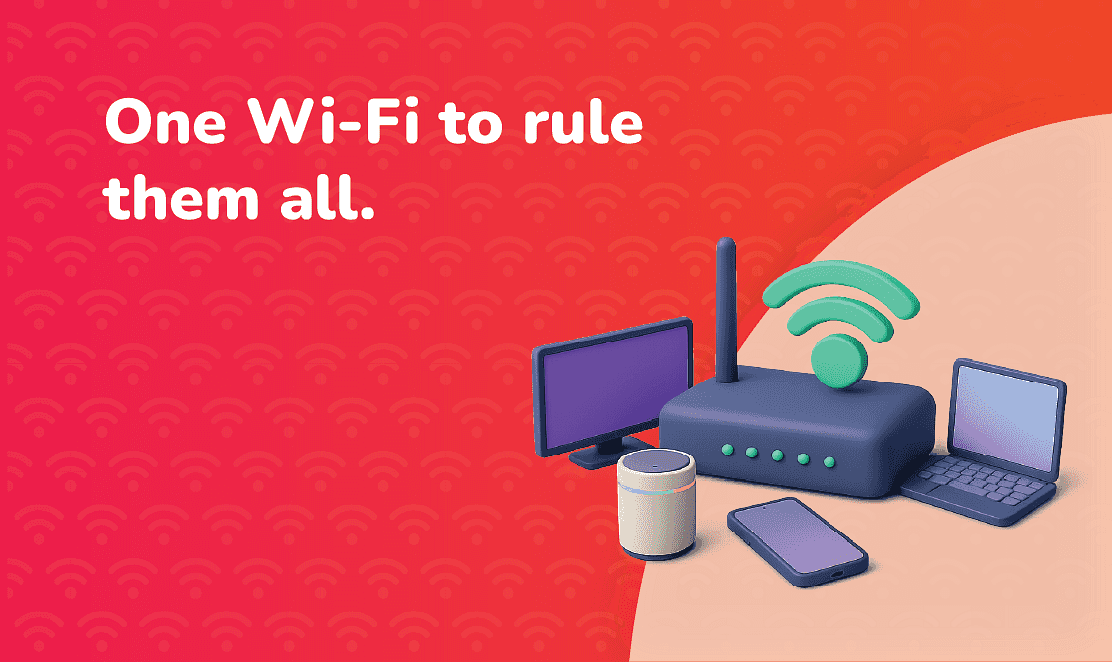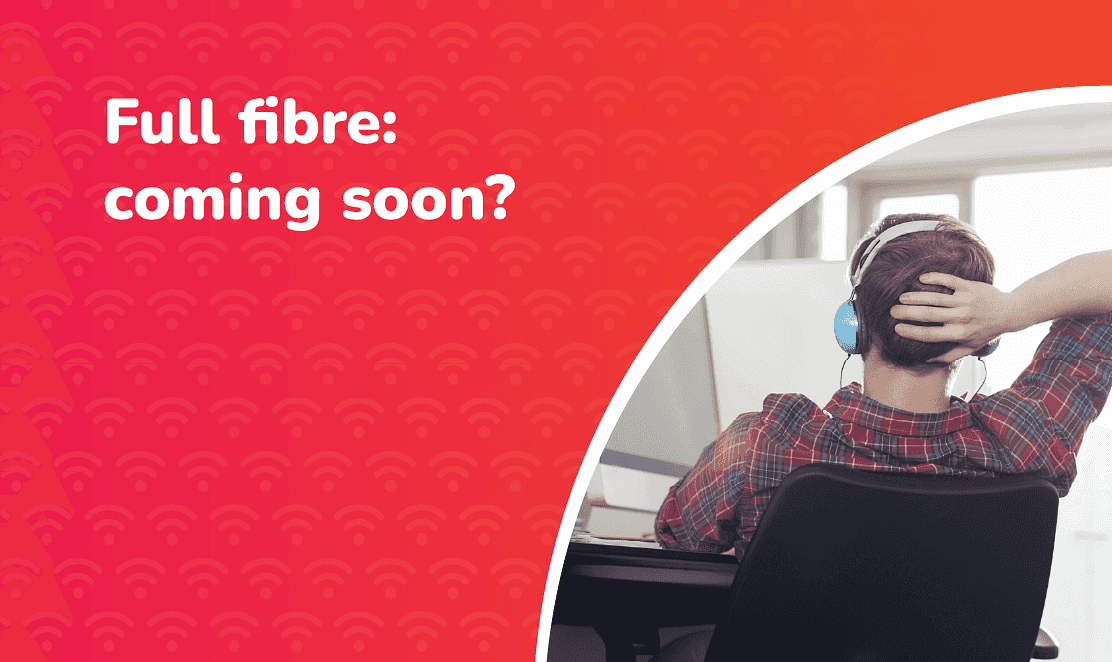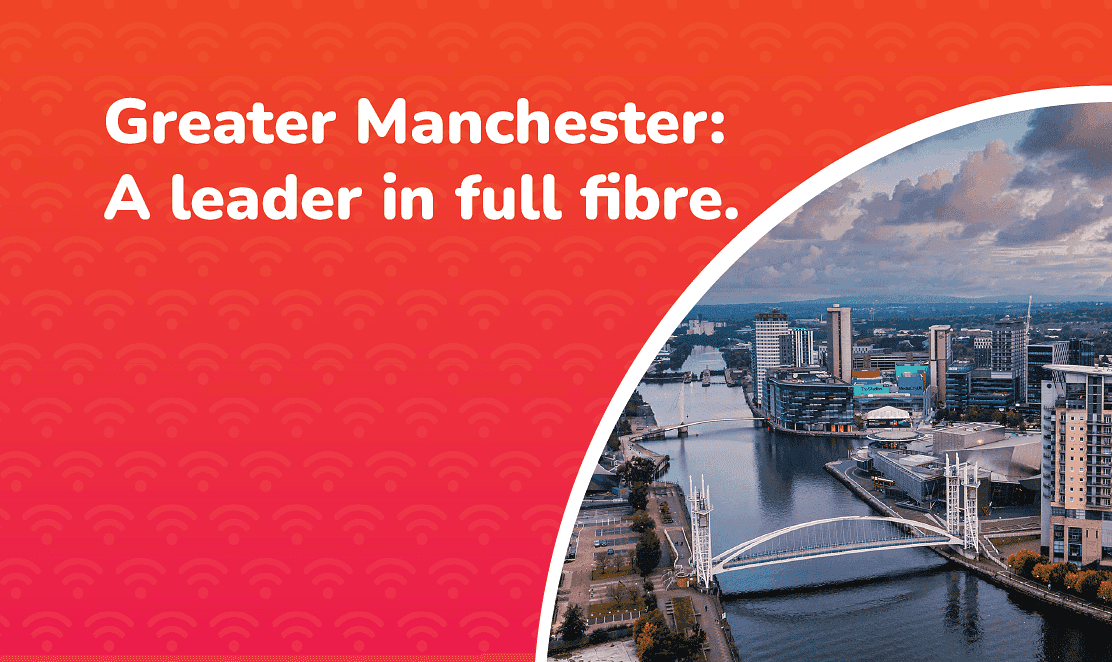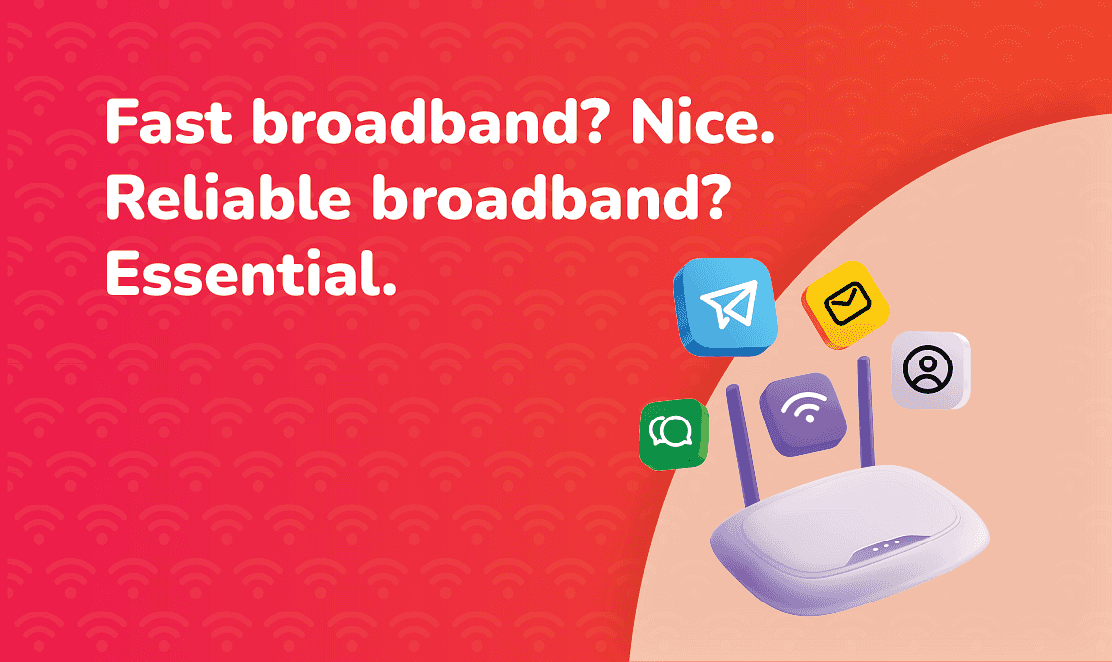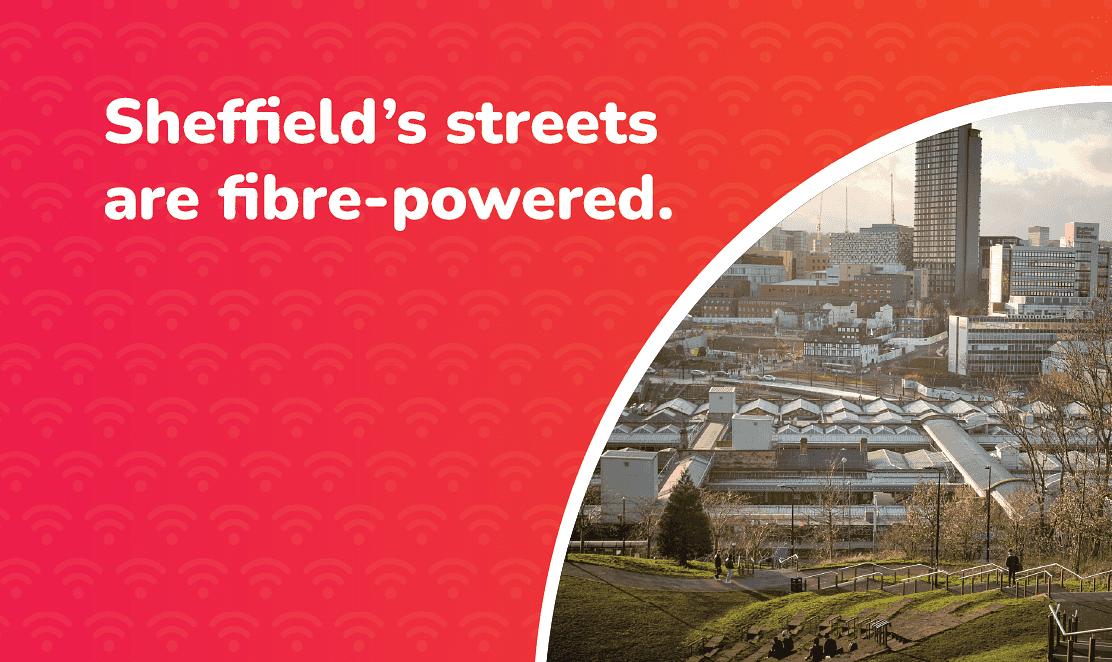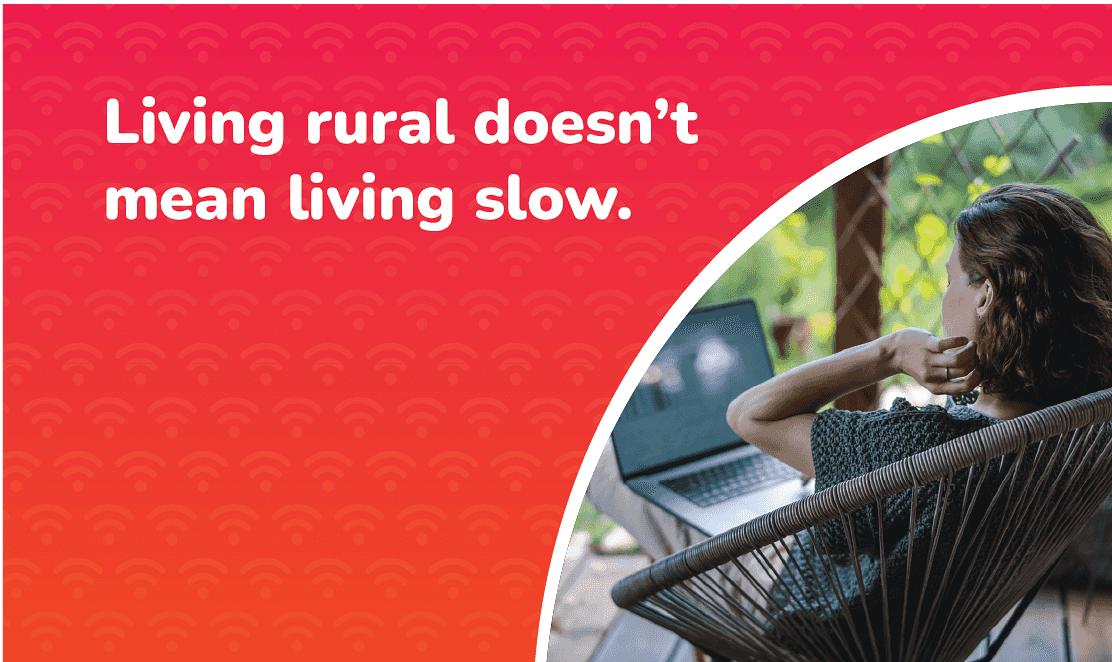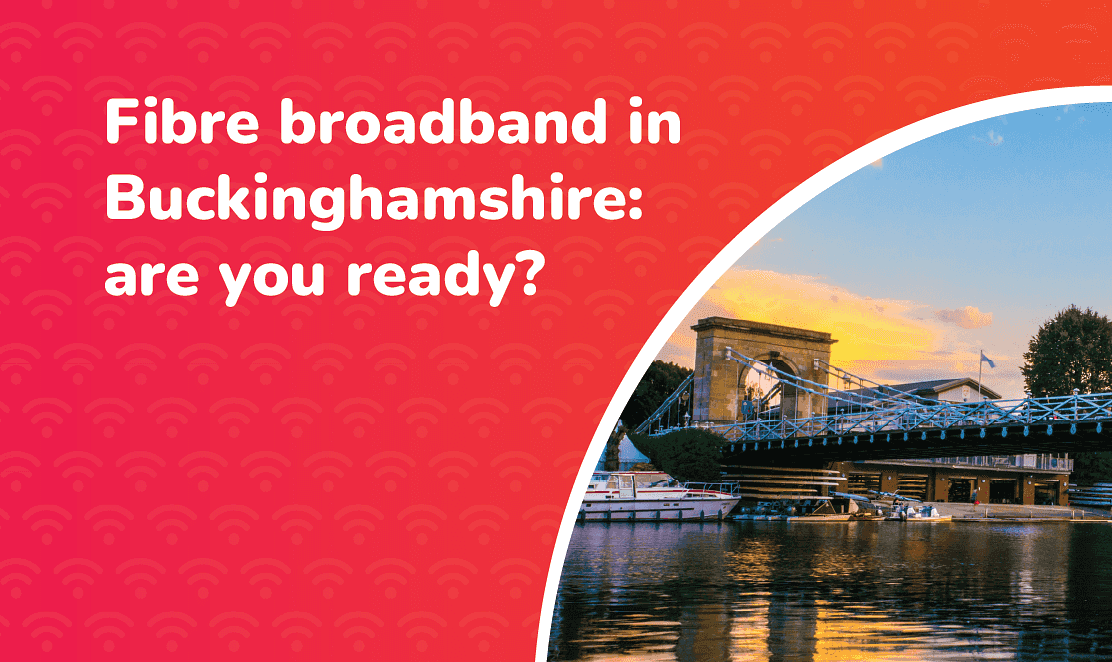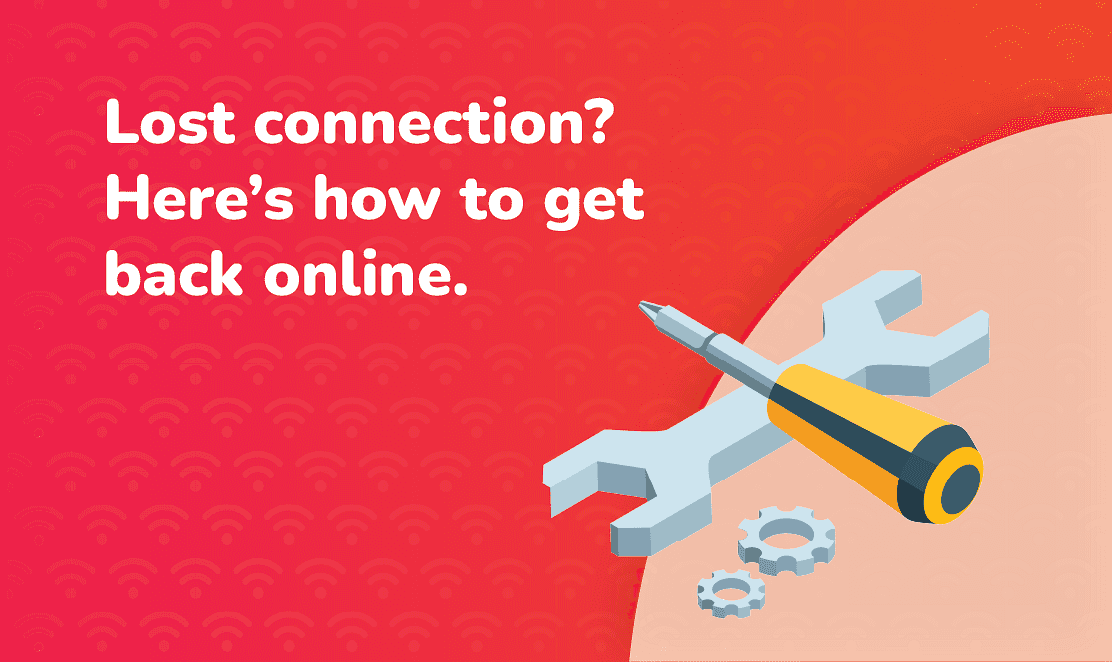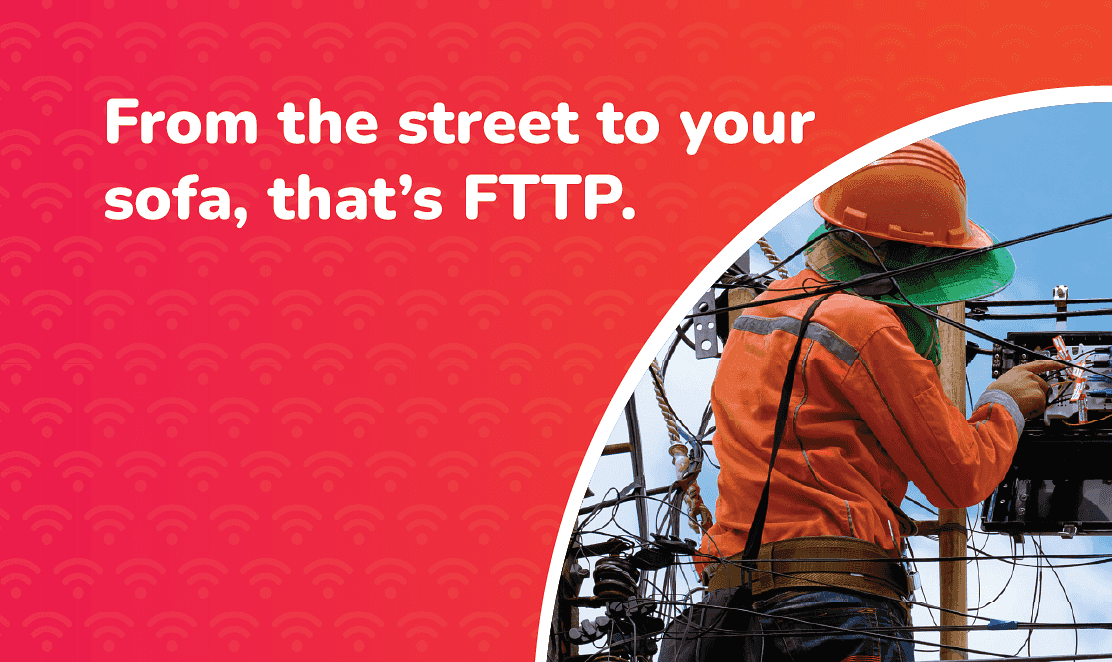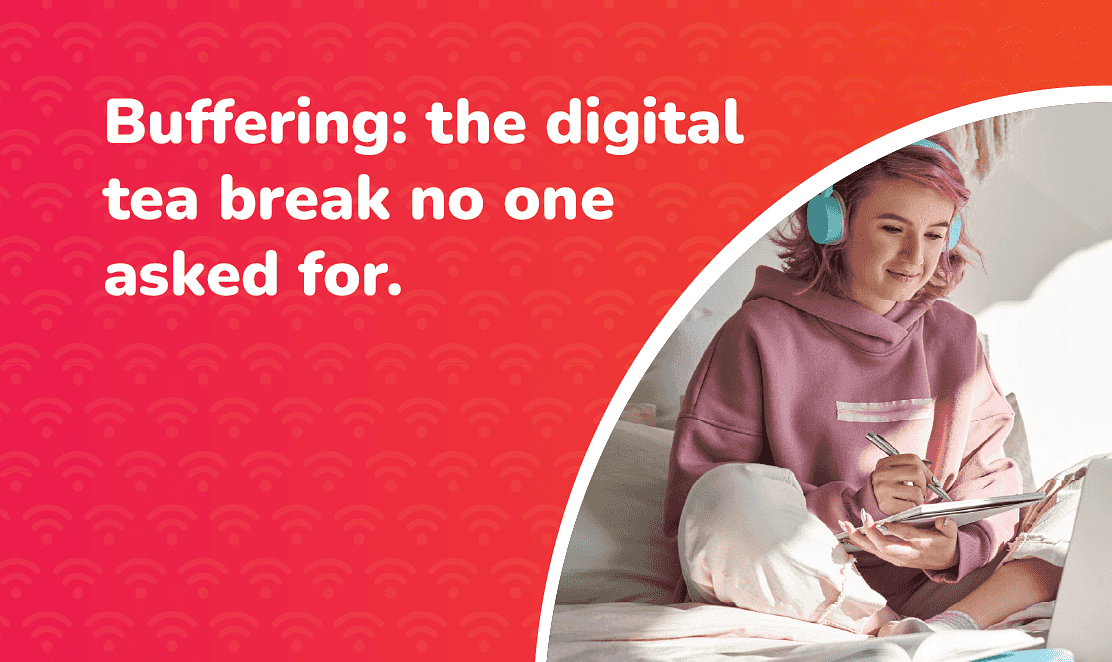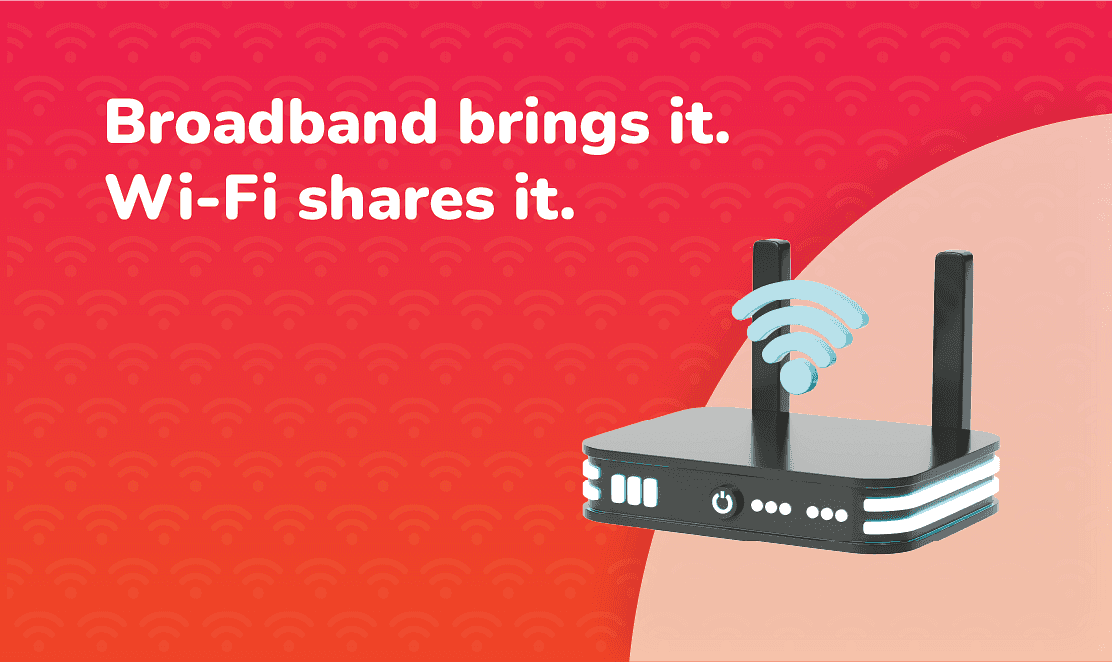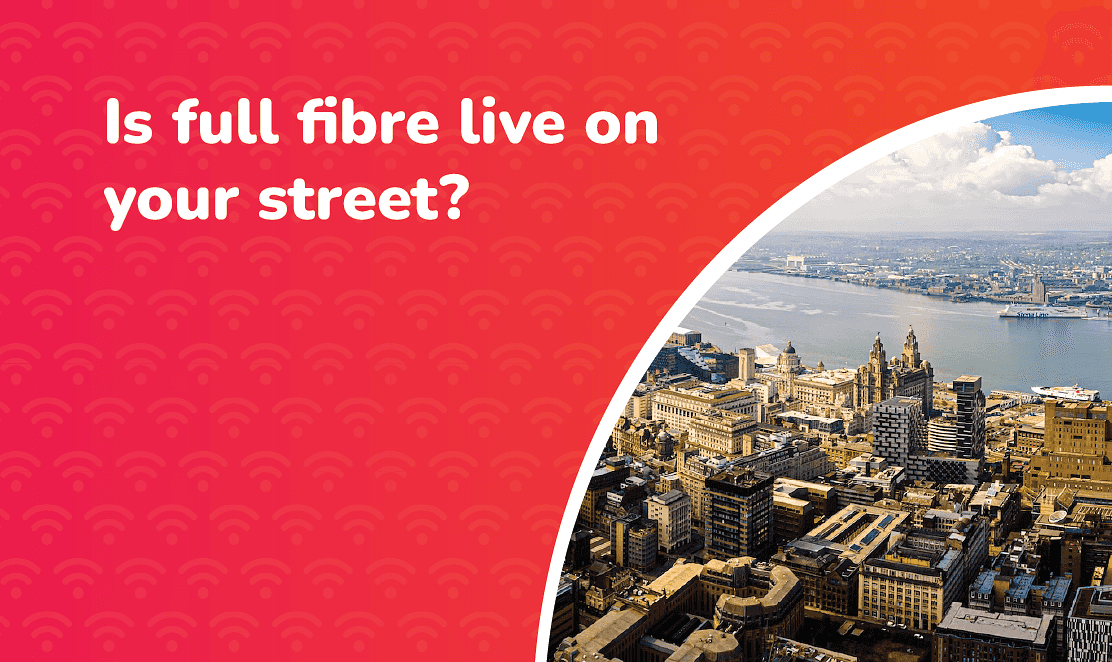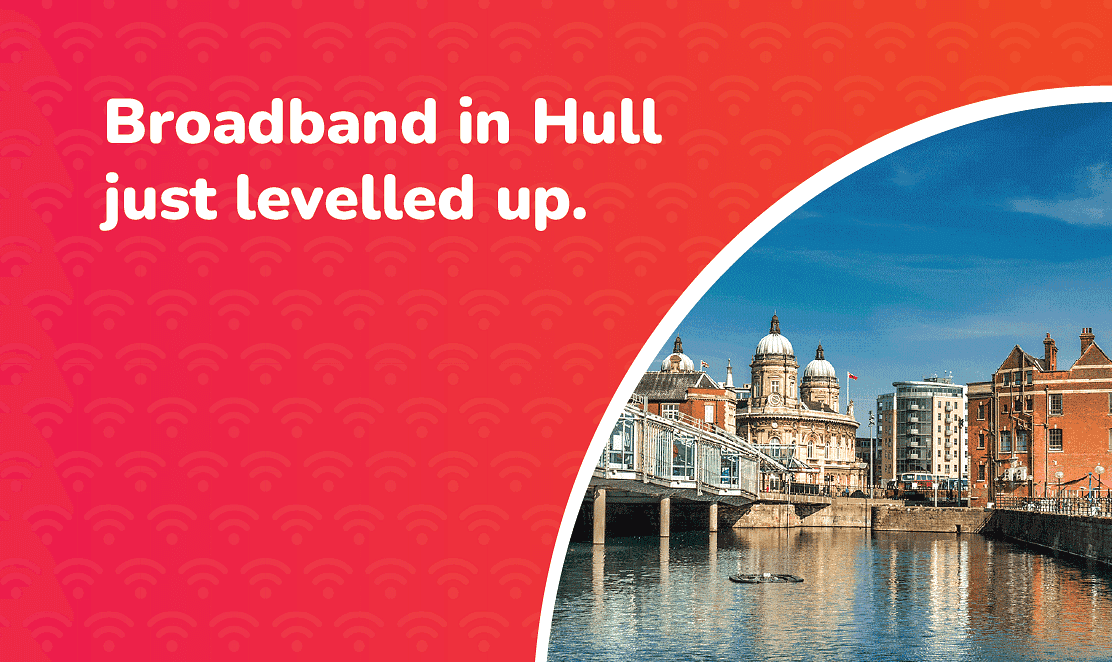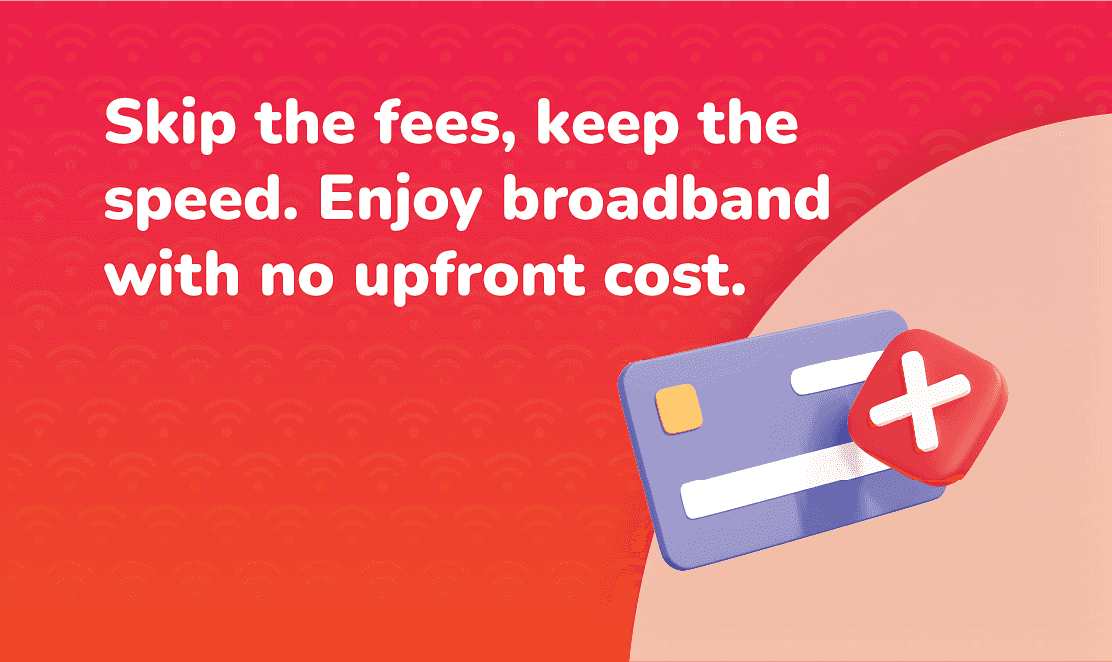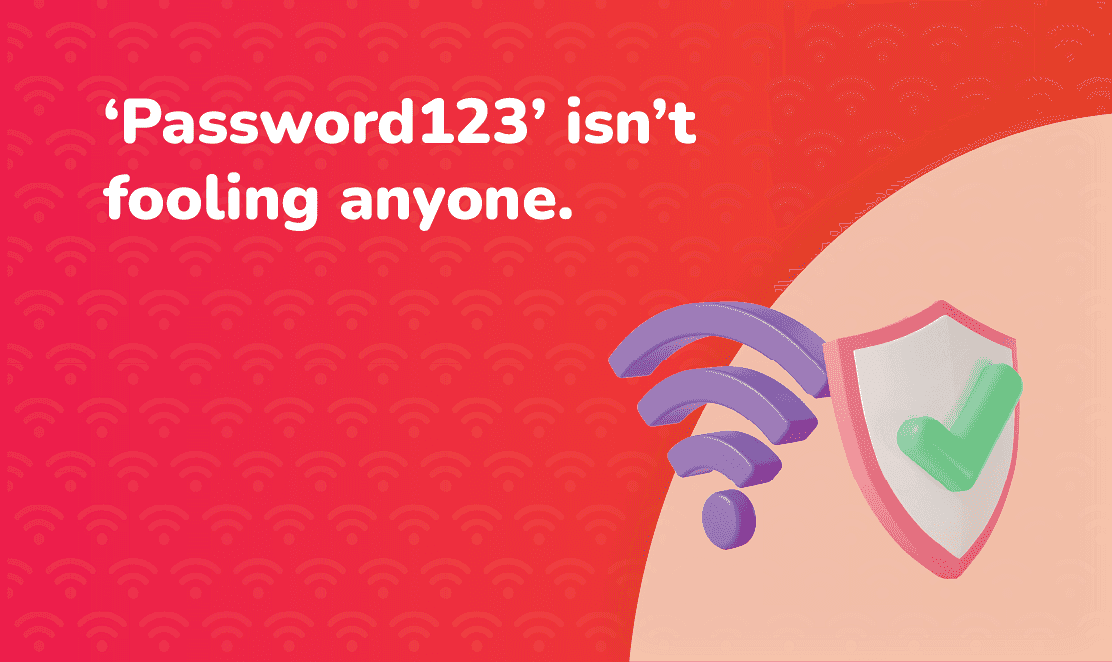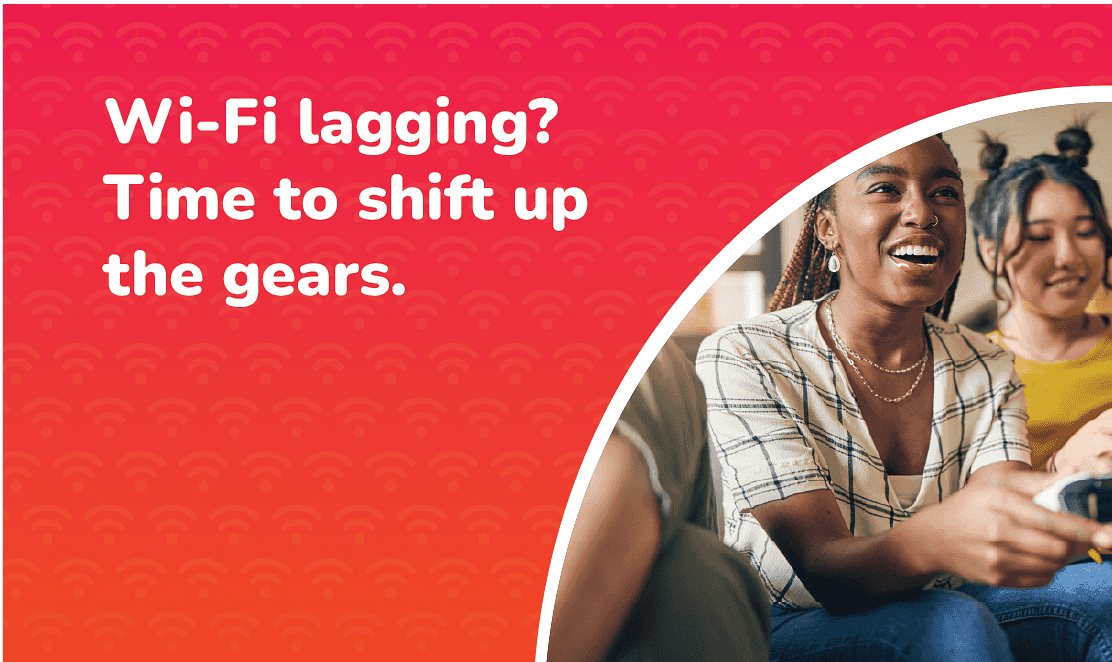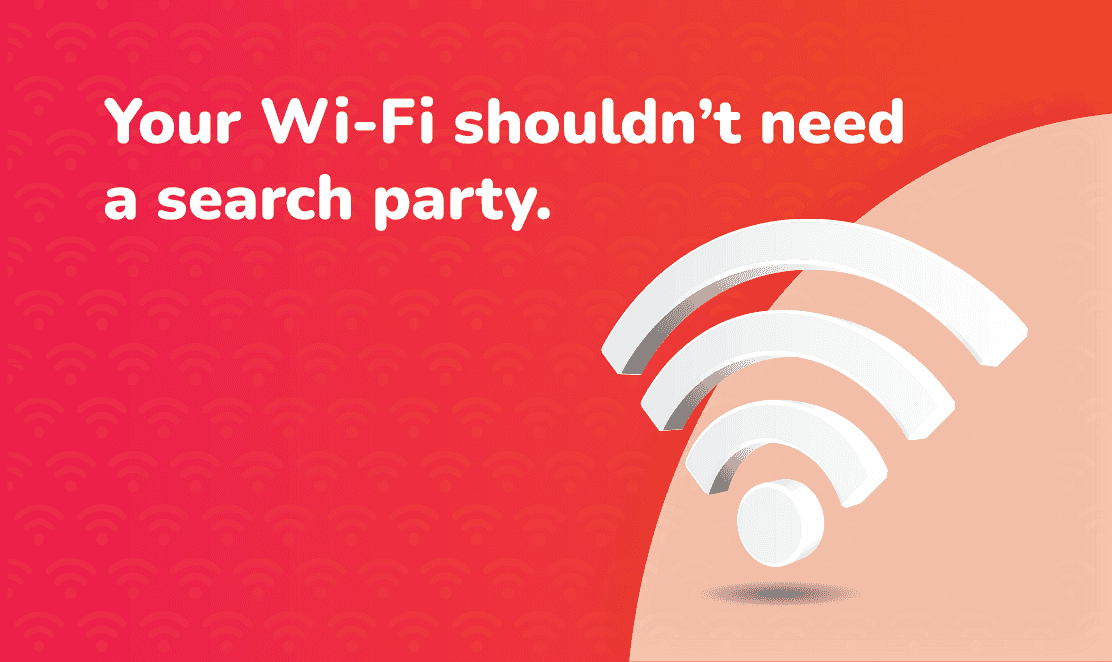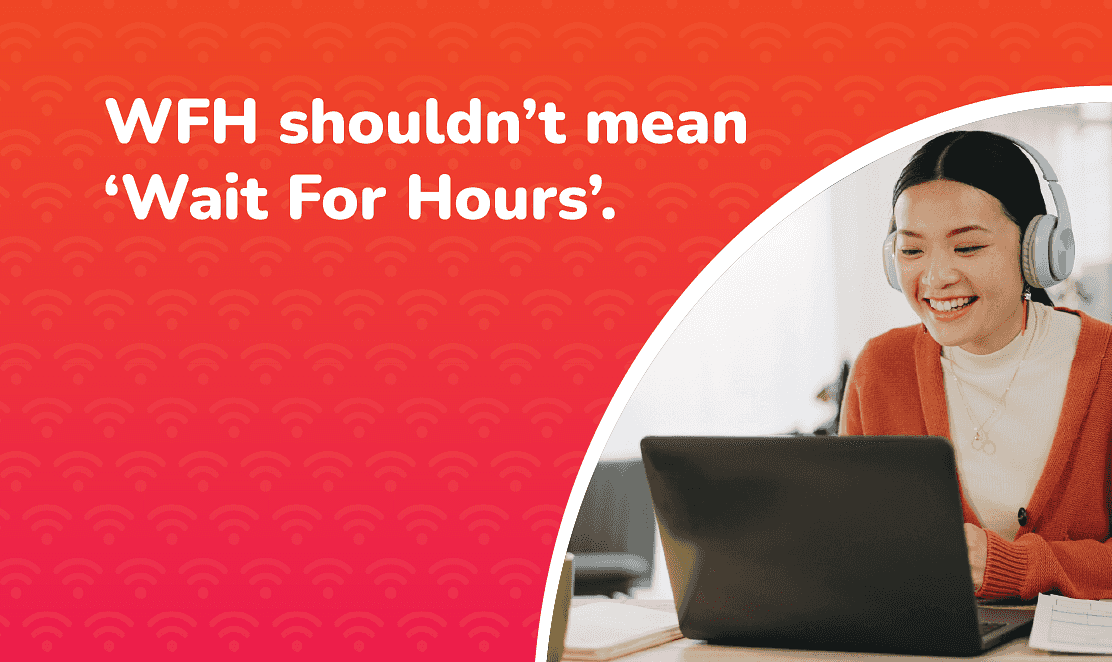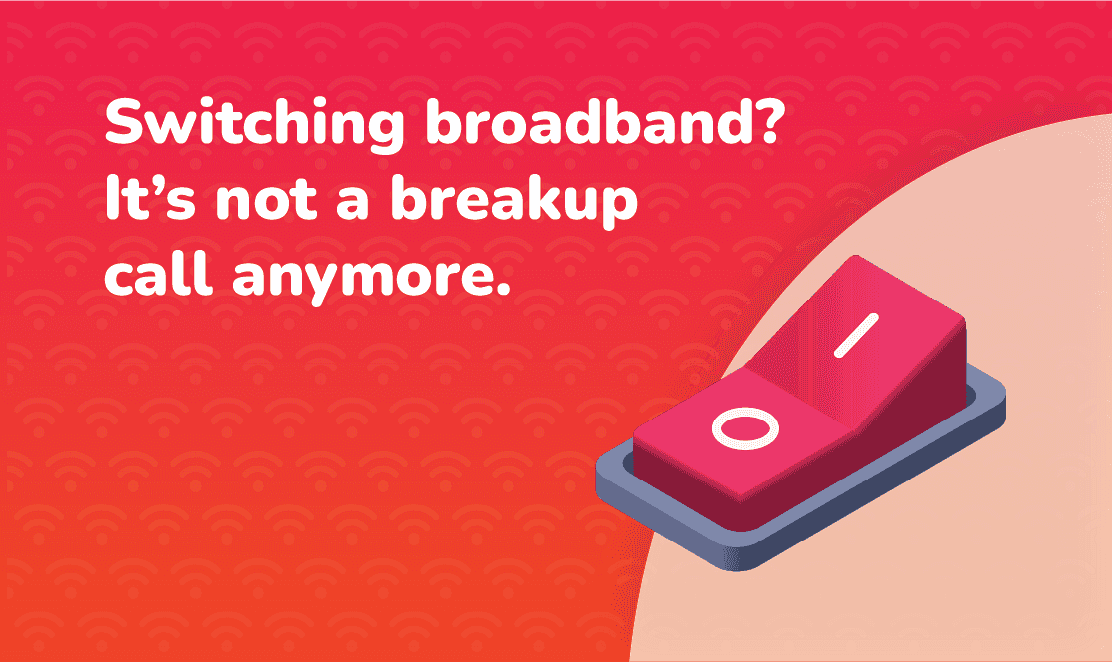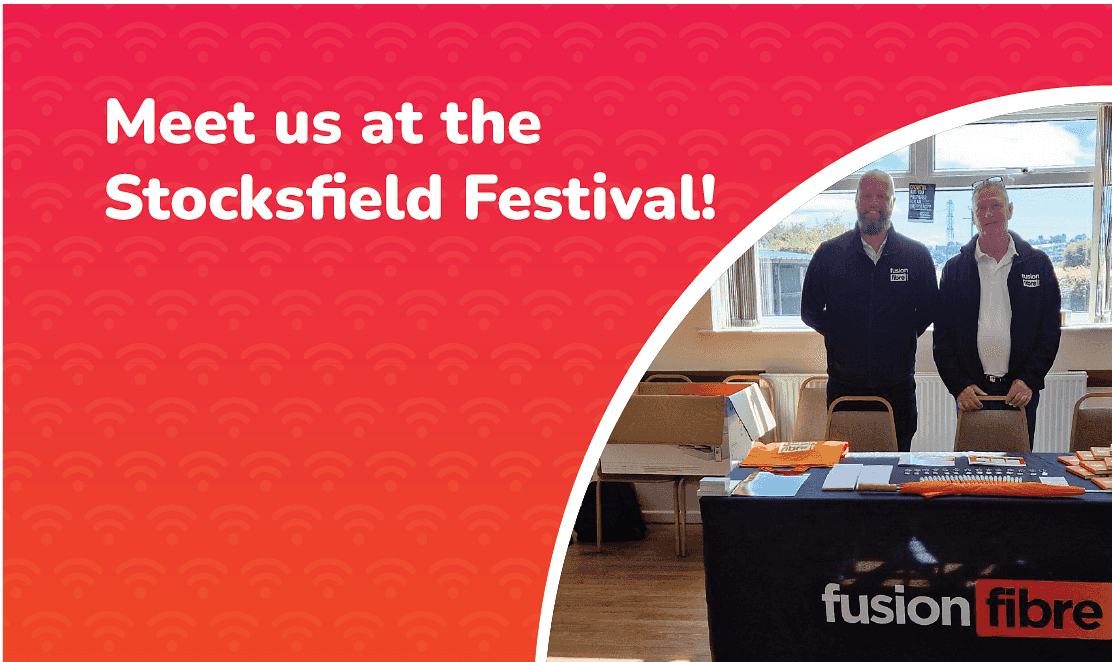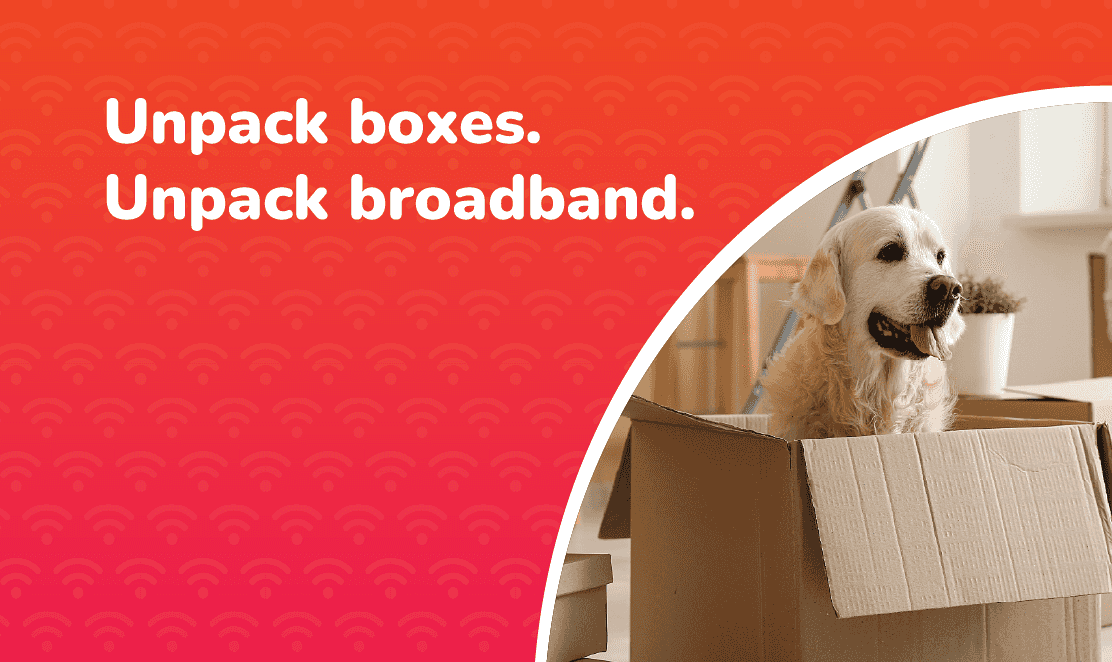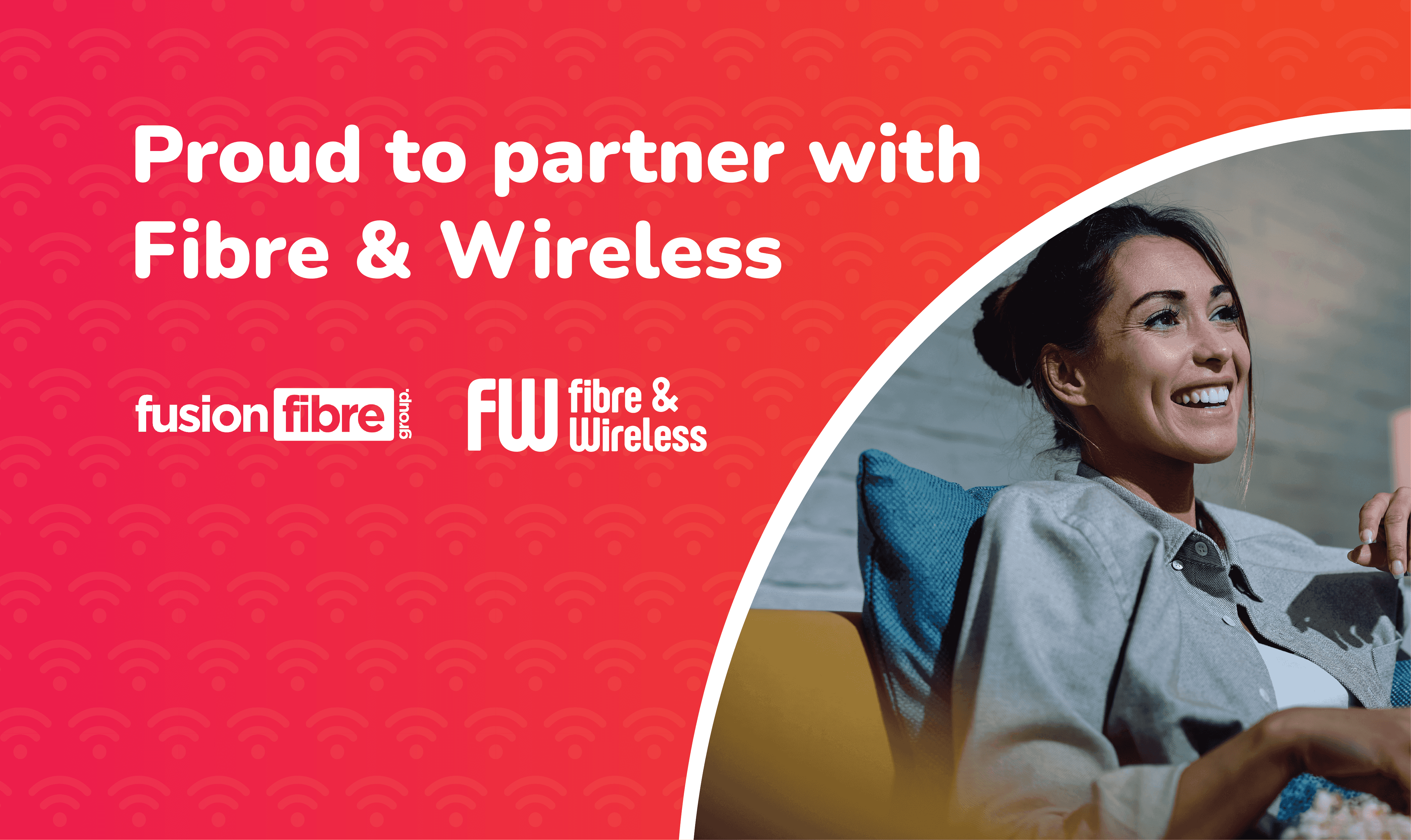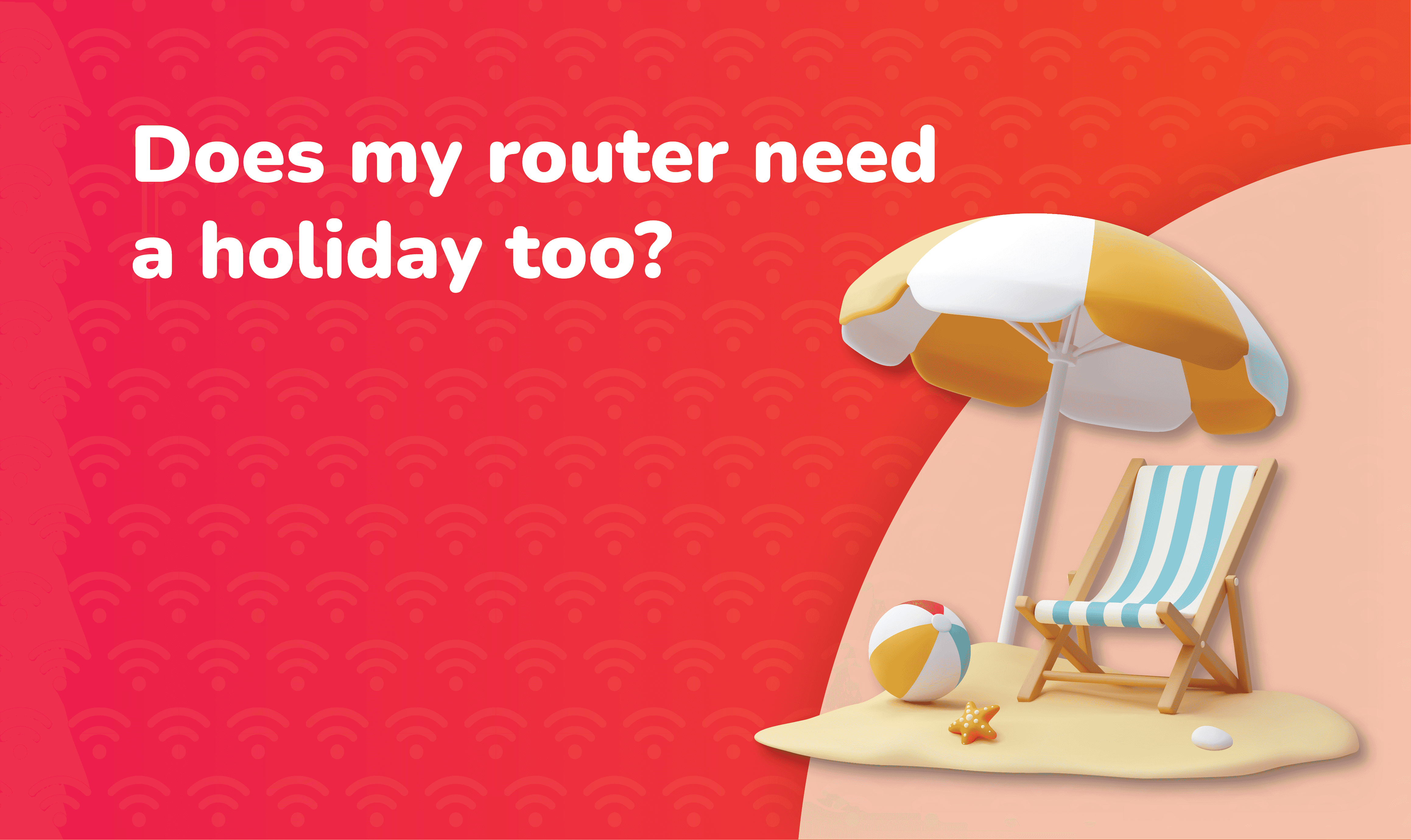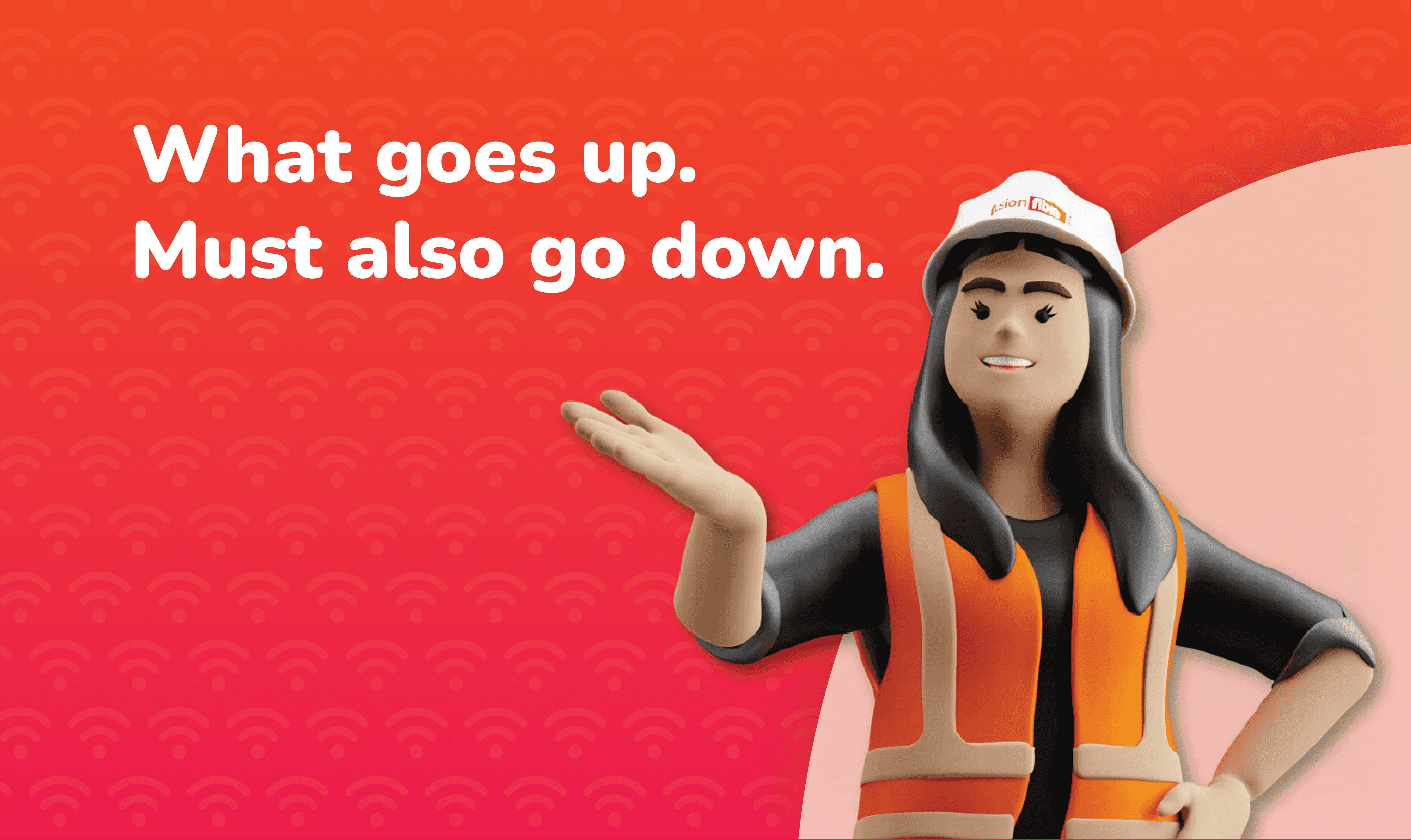If you are wondering what full fibre broadband is and why everyone is talking about it, then you have come to the right place.
Whether you are working from home, gaming online, or simply want faster streaming with no buffering, this guide will cover everything you need to know about full fibre broadband. We will break down how full fibre broadband works, how it compares to part fibre, and how to check if it is available in your area, so you can decide if it is time to upgrade your home broadband experience.
What is Full Fibre Broadband?
When people ask what is full fibre, they are usually looking to understand the difference from standard broadband. Full fibre, also known as Fibre to the Premises or FTTP, is a high-speed internet connection that uses fibre optic cables rather than traditional copper wires to connect you to the internet. From the internet provider to your router, your entire connection is powered by fibre optic technology, allowing you access to the UK’s fastest speed yet of 900 Mbps and beyond.
How Does Full Fibre Broadband Work?
Full fibre broadband uses fibre optic cables made from ultra-thin strands of glass or plastic. These cables transmit data using pulses of light, allowing information to travel at incredibly high speeds.
Unlike part fibre connections, full fibre connects directly from the exchange to your home, bypassing the old copper network entirely. This direct connection ensures a faster, more reliable internet experience with less interference from the weather, long distances, and electrical signals.
Full Fibre vs Part Fibre: What is the Difference?
Whereas full fibre broadband connects your home directly to the exchange with only fibre optic cables, part fibre broadband uses a mixture of fibre optic cables and copper wires. Known as Fibre to the Cabinet (FTTC), part fibre broadband connects to a nearby street cabinet with fibre optic cables then uses copper wires to connect to your home.
To find out more, read our blog: Full Fibre and Part Fibre Broadband: What’s the Difference?
Why Should You Switch to Full Fibre?
There are three key reasons why a full fibre broadband switch is a smart move:
- Ultrafast speeds: With full fibre-optic cables, you are guaranteed a much faster internet speed than other broadband connections. Stream, game and download without delays or buffering.
- Reliable connection: By transmitting your data with only fully fibre optic cables, your connection does not slow down by switching to copper wires on its way to your home. Expect less signal drop-outs and weather interference.
- Future-proof technology: The UK’s Public Switched Telephone Network (PSTN), the traditional copper-based telephone network, will be switched off in January 2027. Homes still on copper-based broadband will need to upgrade and full fibre is the best long-term solution.
Can I Get Full Fibre Broadband?
According to Ofcom’s Connected Nations 2025 report, full fibre broadband is now available to 74% of homes across the UK. There are still places where coverage can vary, especially in rural or remote locations, but more areas are being added all the time. In July 2025, ISPreview reported that Openreach will expand their coverage for FTTP broadband to 21 new locations, covering 80,000 extra UK premises across Essex, Lancashire, Oxfordshire, Buckinghamshire, and more.
Use our Full Fibre Postcode Checker to find out exactly what is available at your address and what speeds you can get.
How to Switch Broadband Providers
Switching broadband providers in the UK has now become a lot easier with the One Touch Switch scheme. Here is how it works:
- Choose your new broadband provider.
- Your new provider does all the work for you, including notifying your old provider.
- The switch happens usually within one working day.
What Full Fibre Speeds Do Fusion Fibre Group Offer?
With our full fibre packages, you can access ultrafast speeds of up to 900 Mbps, which is 25x faster than standard broadband.
With a free router and free installation, we offer the following packages:
- Up to 200 Mbps: For smaller households or casual users
- Up to 500 Mbps: Ideal for busy homes and remote working
- Up to 900 Mbps: Perfect for tech enthusiasts, 4K streaming, and smart homes
Ready to Step into the Future of Broadband?
- Check your address with our Full Fibre Broadband Postcode Checker


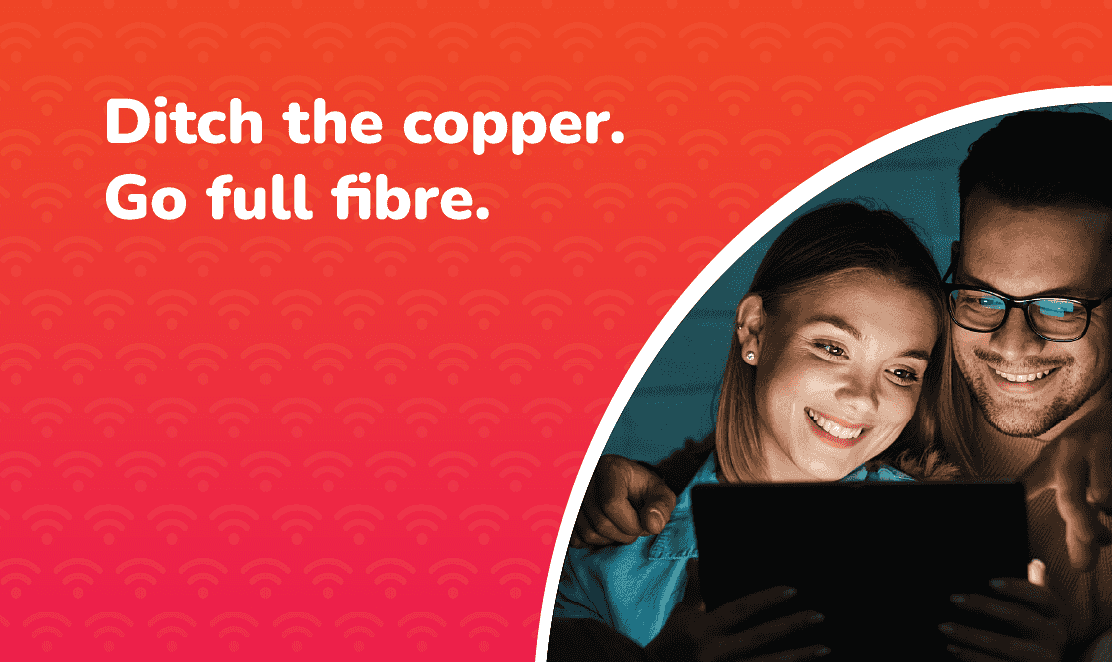 No image Big Thumb
No image Big Thumb 